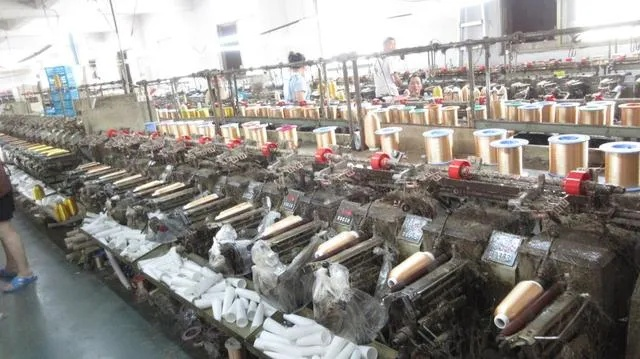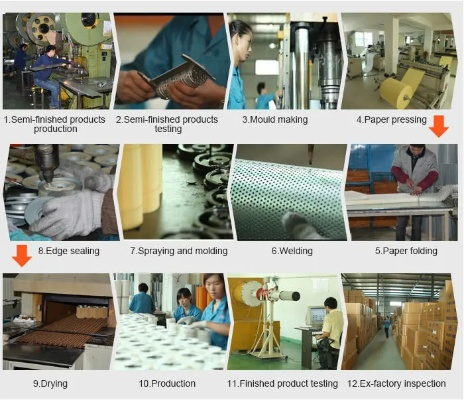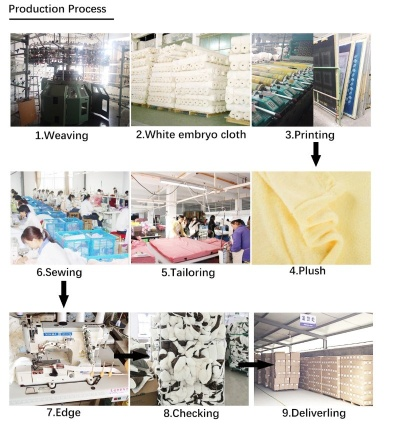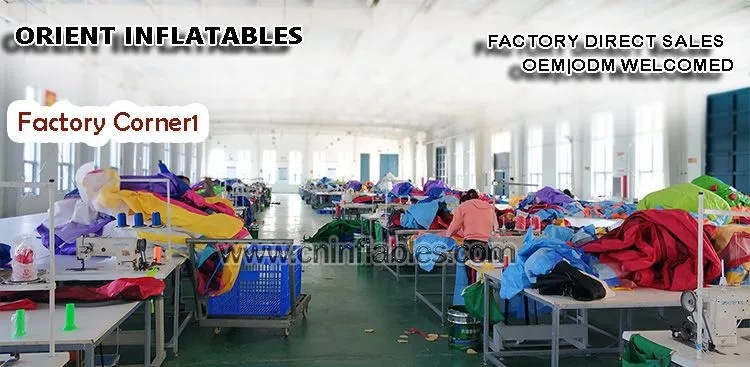The Dynamics of the Handcrafted Textile Industry in Hebei,China
: The Dynamics of the Handcrafted Textile Industry in Hebei, China,Abstract: This study explores the historical and current trends in the handcrafted textile industry in Hebei Province, China. The analysis reveals a complex interplay between traditional craftsmanship, market demand, technological innovation, and government policies. The region's handicrafts are characterized by their unique aesthetics, cultural significance, and high-quality craftsmanship, making them popular among collectors and tourists alike. Despite facing challenges such as declining demand due to economic globalization and increased competition from mass-produced textiles, the handcrafted textile industry in Hebei continues to thrive through innovative approaches like online sales and collaboration with local communities. The paper concludes that while the future of the handcrafted textile industry in Hebei remains uncertain, its continued relevance in the global marketplace is undeniable.
Introduction: In the vast expanse of China's industrial landscape, the textile industry stands out as a vital pillar of the nation's economic development. Amongst these sectors, the handcrafted textile industry is particularly noteworthy for its rich history and cultural significance. In Hebei province, home to the renowned "Hebei Textile City," this craft-based industry has not only sustained the local economy but also contributed significantly to the region's tourism and cultural heritage. This article delves into the intricate details of the handcrafted textile industry in Hebei, highlighting its unique features, challenges, and successes.

Historical Context: The handcrafted textile industry in Hebei can be traced back to ancient times, where skilled artisans wove silk and cotton fabrics using traditional techniques that have been passed down through generations. These craftspeople were known for their attention to detail, quality control, and dedication to craft. Over the years, the industry evolved, incorporating new materials and techniques to meet changing market demands. Today, it remains an essential part of the local economy, with many artisans continuing to practice these ancient skills in modern workshops.
Production Process: The production process of handcrafted textiles in Hebei is a meticulous one, requiring a deep understanding of both traditional and modern techniques. Here's a table summarizing some of the key steps involved:
| Step | Description |
|---|---|
| Preparation of raw materials | Choose high-quality cotton, silk, or other natural fibers. |
| Weaving | Use simple, traditional weaving techniques to create intricate patterns. |
| Dyeing | Apply natural dyes to produce vibrant colors. |
| Stitching | Use traditional needlework techniques to add embellishments like embroidery or applique. |
| Finishing | Apply protective coatings or treatments to enhance durability and colorfastness. |
| Packaging | Ensure products are properly packaged to protect them during transportation. |
Challenges: Despite its rich history and potential, the handcrafted textile industry in Hebei faces several challenges. One major issue is the declining interest in traditional crafts among younger generations, who may prefer more modern forms of employment. Additionally, the industry is heavily dependent on natural resources such as cotton and silk, which are subject to fluctuations in supply and price due to global markets and climate change. Finally, there is a need for innovation in product design to appeal to a wider range of consumers, especially those looking for sustainable and eco-friendly options.
Success Stories: One notable success story in the handcrafted textile industry in Hebei is the establishment of the "Hebei Textile Museum." This museum not only showcases the history and techniques of the industry but also promotes education and awareness about the importance of preserving traditional craftsmanship. Another example is the collaboration between the local government and the handcrafted textile industry to establish a sustainable development program that encourages small-scale producers to adopt modern technologies and improve their productivity.
Conclusion: The handcrafted textile industry in Hebei is a testament to the enduring legacy of human creativity and skill. Despite facing challenges, this industry continues to play a crucial role in the region's economy, culture, and heritage. By embracing innovation and sustainability, the handcrafted textile industry in Hebei can continue to flourish, ensuring that future generations will appreciate the beauty and value of these timeless crafts.
邯郸嘉华纺织厂是一家位于中国河北省邯郸市的知名纺织企业,以其精湛的工艺、优质的产品和良好的信誉在业界享有盛誉,该厂致力于生产各类纺织品,包括但不限于棉布、丝绸、羊毛等,以满足不同客户的需求。
企业背景
邯郸嘉华纺织厂拥有先进的生产设备和技术,拥有一支经验丰富、技术过硬的员工队伍,该厂注重环境保护和可持续发展,积极采用环保材料和技术,致力于打造绿色、环保、可持续的纺织产业。
产品与服务

- 产品种类丰富:该厂生产的纺织品种类繁多,包括但不限于棉布、丝绸、羊毛等,其产品品质优良,款式多样,深受广大客户喜爱。
- 优质服务:该厂注重客户体验,提供全方位的服务支持,从产品设计、生产到销售,都为客户提供优质的服务。
案例分析
以下是邯郸嘉华纺织厂的一个案例说明:
新型面料开发项目
近年来,邯郸嘉华纺织厂积极响应市场需求,开发新型面料,该厂采用先进的纺织技术,成功开发出具有高强度、高透气性的新型面料,该面料适用于户外运动、家居装饰等领域,深受市场欢迎。
环保材料的应用
该厂注重环境保护和可持续发展,积极采用环保材料和技术,在生产过程中,该厂严格控制废气、废水等污染物的排放,确保生产符合环保标准,该厂还积极推广绿色生产理念,提高员工环保意识,推动企业绿色发展。
企业文化与价值观
- 企业文化:该厂注重员工培训与发展,倡导团队协作与创新精神,该厂还注重环境保护和可持续发展,致力于打造绿色、环保、可持续的纺织产业。
- 价值观:该厂坚持质量第一、客户至上、诚信经营的原则,不断提高产品质量和服务水平,赢得广大客户的信任和支持。
邯郸嘉华纺织厂将继续秉承“质量第一、客户至上”的原则,加强技术创新和人才培养,提高产品质量和服务水平,该厂还将积极拓展市场,提高品牌知名度和影响力,该厂将继续致力于打造绿色、环保、可持续的纺织产业,为推动中国纺织产业的发展做出更大的贡献。
邯郸嘉华纺织厂作为一家知名的纺织企业,以其精湛的工艺、优质的产品和良好的信誉在业界享有盛誉,该厂注重环境保护和可持续发展,积极采用环保材料和技术,致力于打造绿色、环保、可持续的纺织产业,在未来发展中,该厂将继续加强技术创新和人才培养,提高产品质量和服务水平,为推动中国纺织产业的发展做出更大的贡献。
Articles related to the knowledge points of this article:
The Life and Business of Qian County Textile Factory Owner
The Story of Textile Mills Line Bars



